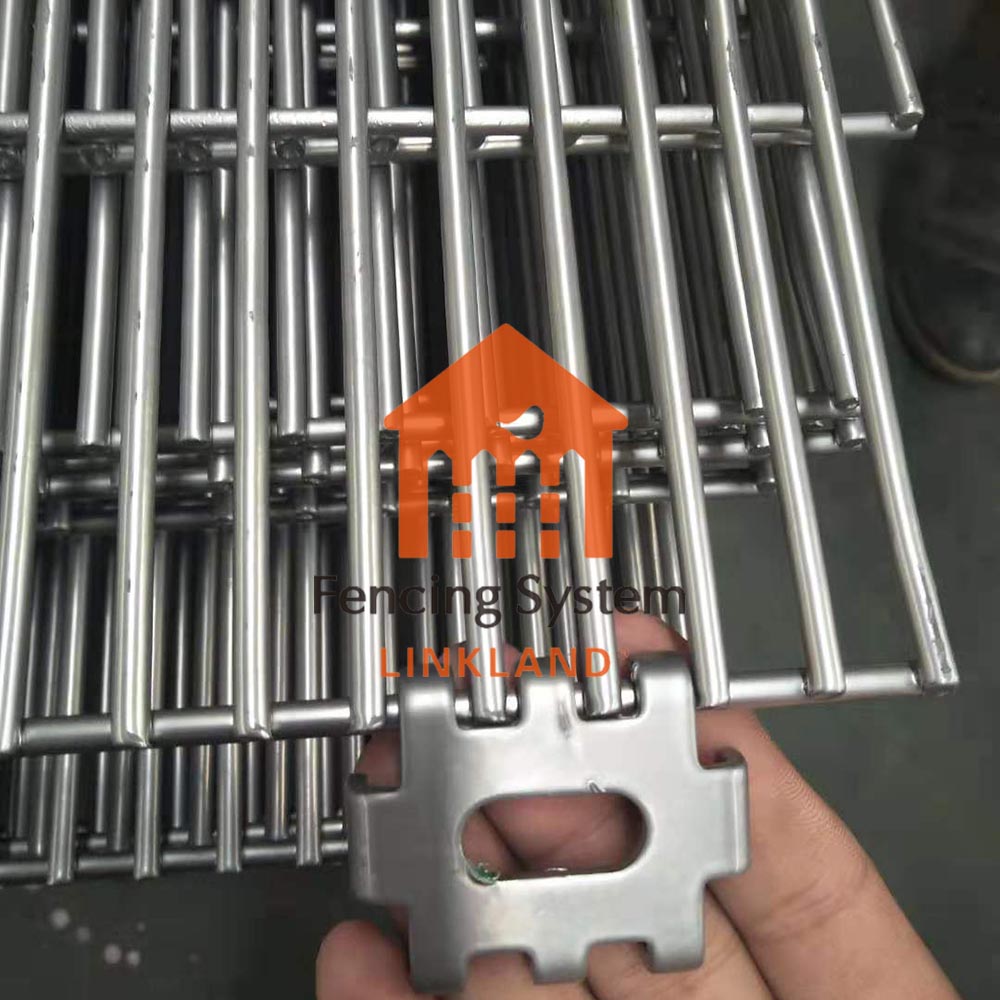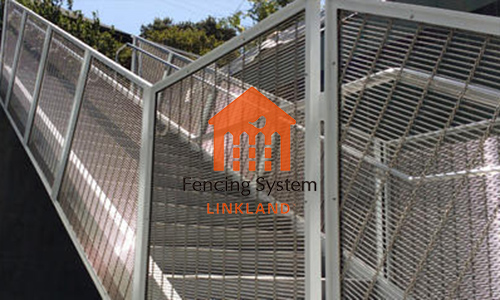Evaluating the performance of anti-climb fence requires clear goals and metrics. First, determine the main purpose of the fence, such as preventing intrusion, protecting property and people, etc. Then, according to these goals, corresponding evaluation indicators are developed, such as anti-climbing performance, durability, safety and cost-effectiveness, etc. Make sure that the indicators fully reflect the performance of the fence and match the actual needs.

case study method
The performance of the anti-climb fence can be evaluated using a case study approach. Select some representative cases, including various types of fences and actual application environments. Conduct detailed investigation and analysis on each case, including fence design, material, installation method and usage, etc. Through observation and measurement, the performance of the fence is evaluated and recorded for subsequent analysis and comparison.

Performance Evaluation Tools and Test Methods
In order to evaluate the performance of anti-climb fence, some specialized tools and testing methods can be used. For example, climbing test equipment can be used to simulate an intruder climbing a fence and record data such as difficulty and time of climbing. At the same time, material strength tests, anti-destructive performance tests and anti-shear performance tests can also be carried out to evaluate the overall performance of the fence. Ensure that the test methods are scientific and reliable, and comply with relevant standards and specifications.
Best Practices and Improvements
After evaluating the performance of anti-climb fence, some best practices and improvement measures can be concluded. According to the evaluation results, the advantages and disadvantages of the fence are determined, and corresponding improvement suggestions are put forward. This may involve selection of fencing materials, optimization of design, improvement of installation methods, etc. Through continuous improvement and optimization, the performance and effect of anti-climb fence are improved to better meet actual needs.
Pre:Advances in anti-climb fence Technology: Innovations to Enhance Safety
Next:anti-climb fence testing and certification standards: ensuring performance and quality